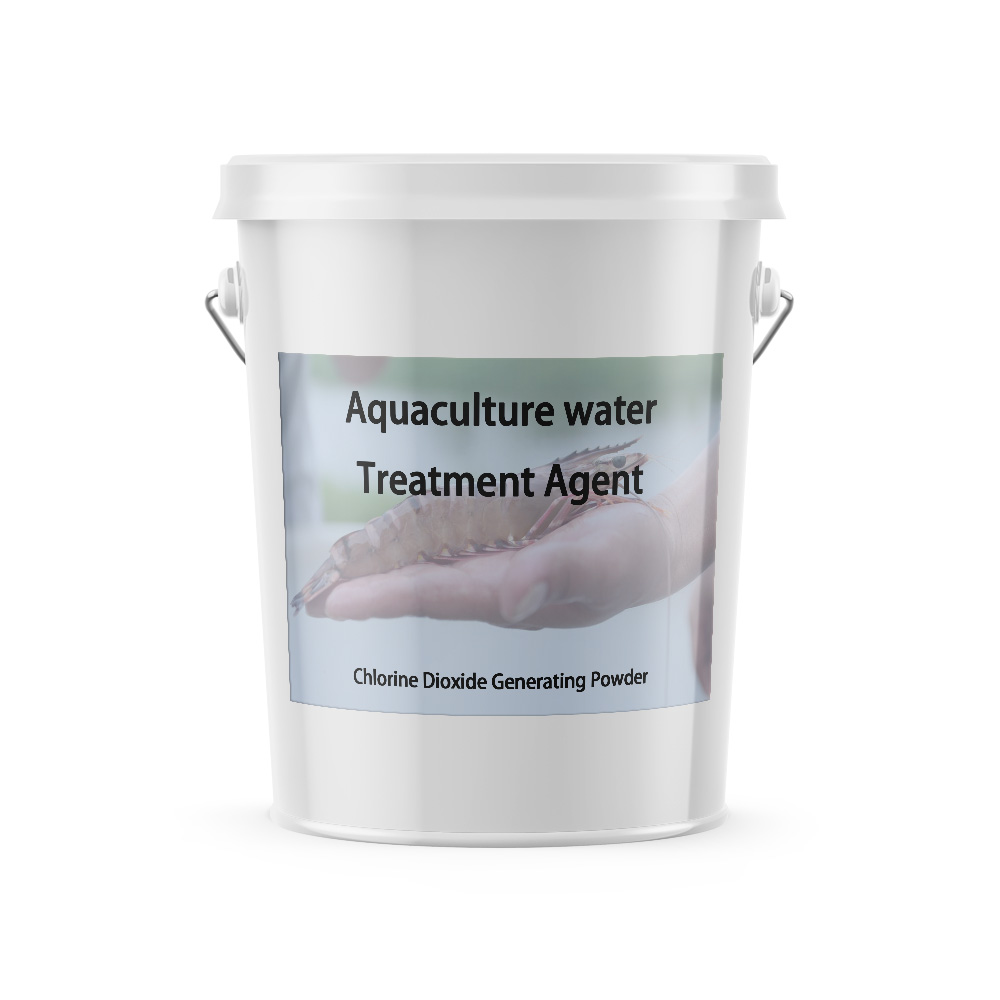



sodium chlorite water purification
The Role of Sodium Chlorite in Water Purification
Water is essential for life, and ensuring its purity is crucial for both human health and environmental sustainability. Among various chemical compounds used for water treatment, sodium chlorite is gaining popularity due to its effectiveness in disinfection and ability to eliminate harmful contaminants. This article explores how sodium chlorite functions in water purification, its benefits, and potential applications, highlighting its significance in today’s water treatment practices.
Understanding Sodium Chlorite
Sodium chlorite (NaClO2) is a white crystalline solid that is highly soluble in water. It is primarily known for its use in industrial applications, such as bleaching and disinfecting. However, its unique properties as a powerful oxidizing agent make it particularly effective for treating drinking water.
When sodium chlorite is added to water, it is often activated with an acid, releasing chlorine dioxide (ClO2), a potent disinfectant. Chlorine dioxide is recognized for its superior ability to penetrate biofilms, killing bacteria, viruses, and protozoa that can compromise water quality. This makes sodium chlorite an essential tool in the fight against waterborne diseases.
Mechanism of Action
The disinfection process involving sodium chlorite begins with its activation, which typically occurs by acidifying the solution. This reaction produces chlorine dioxide, which can then effectively kill a wide range of pathogens. Chlorine dioxide operates by disrupting cellular functions, leading to the death of microorganisms. Because it does not form chlorinated by-products in the same way as traditional chlorine, it minimizes the release of harmful substances into the water.
Moreover, sodium chlorite is effective at removing taste and odor from water, a common issue in both potable and industrial water supplies
. Its ability to react with organic matter makes it especially useful in degrading complex pollutants that contribute to unpleasant tastes.Advantages of Using Sodium Chlorite
sodium chlorite water purification

One of the primary advantages of sodium chlorite over other disinfectants is its high efficacy at lower concentrations. It remains effective across a broad pH range and is less dependent on temperature, making it a versatile choice for various water treatment scenarios. Furthermore, because chlorine dioxide can penetrate biofilms that often shield bacteria from traditional disinfectants, sodium chlorite proves superior in treating water systems where biofouling is a concern.
Another significant benefit is the minimal formation of undesirable disinfection by-products compared to conventional chlorination methods. This characteristic is particularly important in environments where maintaining water quality and safety is paramount, such as in drinking water treatment facilities.
Applications in Water Treatment
Sodium chlorite is widely used in numerous water treatment settings. Municipal water services utilize it for the disinfection of drinking water, ensuring that tap water remains free from harmful pathogens. Additionally, industries that require high-purity water, such as pharmaceuticals and electronics, employ sodium chlorite for its reliability and effectiveness.
The agricultural sector also benefits from sodium chlorite in treating irrigation water, contributing to healthier crop production. Moreover, its use extends to swimming pools and recreational water to maintain hygiene and prevent the spread of waterborne illnesses.
Environmental Considerations
While sodium chlorite is an effective water treatment method, it is essential to consider its environmental impact. Proper handling and dosage are critical, as excessive use can lead to unwanted chemical residues that may affect aquatic ecosystems. Regulatory guidelines typically govern its use, ensuring that levels remain safe for both human health and the environment.
Conclusion
Sodium chlorite is a vital component in the arsenal of water purification methods, offering a range of benefits that enhance water quality and safety. Its ability to release chlorine dioxide for effective disinfection, combined with a lower incidence of harmful by-products, positions sodium chlorite as a preferred choice in various applications. As the demand for clean water continues to rise globally, understanding and utilizing effective treatment options like sodium chlorite will play a significant role in promoting public health and environmental stewardship. Embracing such innovative solutions is essential in addressing the ongoing challenges in water purification.
-
Why Sodium Persulfate Is Everywhere NowNewsJul.07,2025
-
Why Polyacrylamide Is in High DemandNewsJul.07,2025
-
Understanding Paint Chemicals and Their ApplicationsNewsJul.07,2025
-
Smart Use Of Mining ChemicalsNewsJul.07,2025
-
Practical Uses of Potassium MonopersulfateNewsJul.07,2025
-
Agrochemicals In Real FarmingNewsJul.07,2025
-
Sodium Chlorite Hot UsesNewsJul.01,2025










